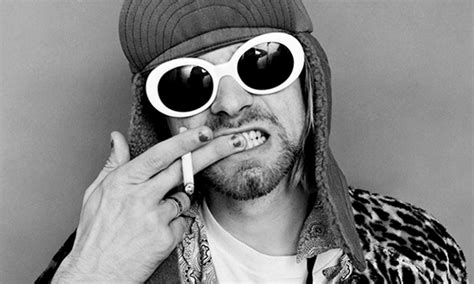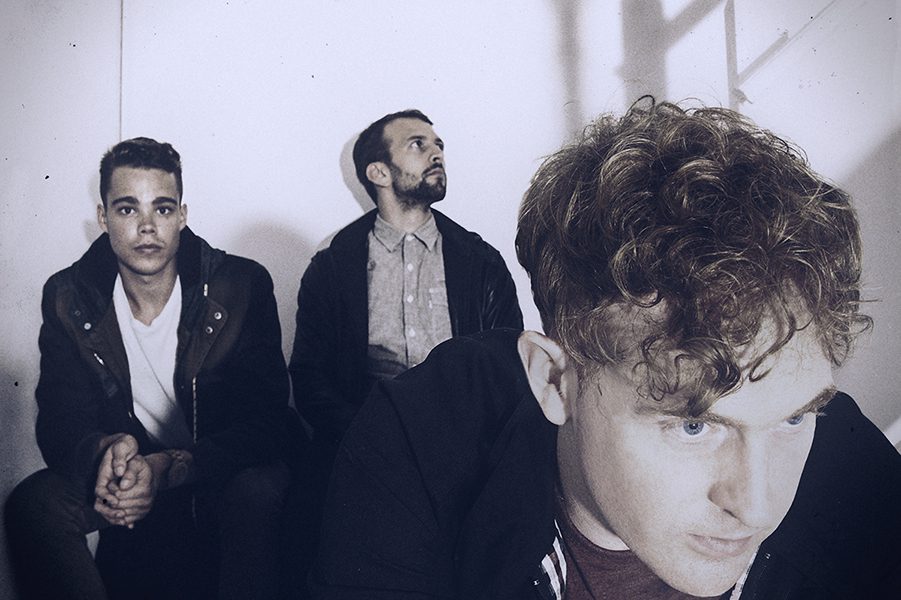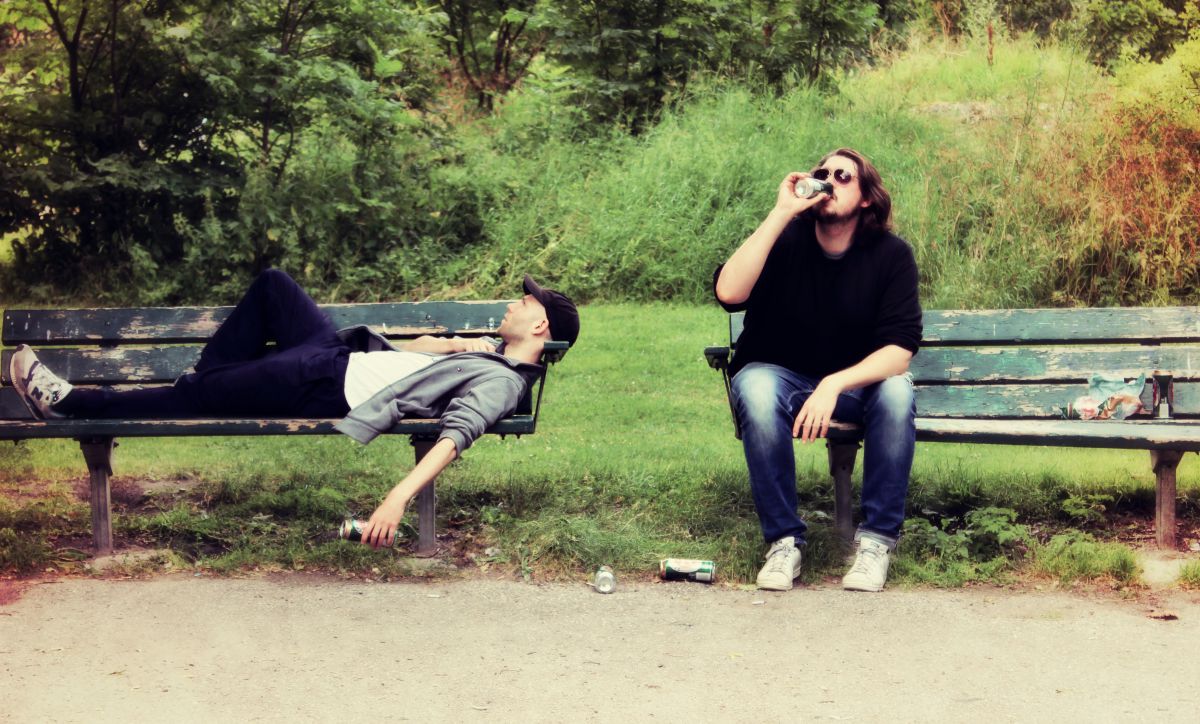
Because he was a photographer and not a psychic, Jesse Frohman had no way of knowing that his now-iconic pictures of grunge idol Kurt Cobain would be some of the last ever shot. But judging by the Nirvana frontman’s erratic behavior both leading up to and during the session, originally commissioned as a feature for the Sunday Observer, it wasn’t hard to see Cobain’s demise on the horizon. By the time Frohman met Cobain in November 1993, he’d overdosed once and been through several stints in rehab. He famously appeared for the shoot three hours late, strung out, and introduced himself to the photographer by asking for a bucket he could puke in.
The Morrison Hotel Gallery in Soho is showing the series of photographs for the first time as a collection. They were shot over the course of just that one meeting, in the New York City hotel where Nirvana was staying when they played a show at Roseland Ballroom. There are some live shots from the show that night and a few taken with Krist Novaselic and Dave Grohl as well. Most of what is on display at the Morrison are straightforward portraits of Cobain against a neutral background. He is dressed eccentrically in a tattered leopard print coat, Jackie-O style bug-eyed sunglasses, and an aviator cap, with a shabby tee and jeans underneath. Chipping red nailpolish adorns his fingertips; in some pictures he is seen with a cigarette, smoke trickling from his mouth, in others he swigs a bottle of Evian as though it were Jack Daniels. The images are nothing if not captivating, in spite of (and perhaps moreso?) their repetitive quality when presented side-by-side, on a scale literally larger-than-life.
 |
| © Jesse Frohman/courtesy of Morrison Hotel Gallery |
 |
| © Jesse Frohman/ courtesy of Morrison Hotel Gallery |
As a whole, it’s hard to tell how much of these photos represent a Kurt that is real but coming unhinged, and how much is Cobain simply playing the part of “rock star” – an image that he felt was forced upon him in the wake of Nirvana’s insane successes. By the time these photos were taken, Kurt had publicly expressed his disdain for the media, and in many ways, his flagrant disregard for Frohman’s schedule, paired with his apathetic demeanor appearing in one shot to the next, is indicative of that. While Frohman has said that during the shoot Cobain was easily molded into poses and could be very dramatic in his gestures, he refused to remove the trademark white-framed sunglasses, adding another layer of mystery and alienation from the viewer. Interestingly enough, they do provide the viewer with a unique insight into the artifice of the image – you can see lighting set-ups and even the photographer himself reflected in Kurt’s lenses – and while I’m sure that was not a meditated action taken by the subject, the fact remains that what we are seeing are not candid shots. They are in some regard meticulous, despite Kurt’s attempt to sabotage the shoot as Frohman planned it. Very few people really knew Kurt Cobain without the media filter either building him into a God or shaking their worried heads at his drug-addled antics, and as such, these images are part of that machine. Without expressly turning his middle finger skyward for the camera, Cobain seems flippant, defiant, aware of the fact that everyone is watching.
On the other hand, if Kurt was as strung out as all accounts (including Frohman himself) claim, and taken in context with what would transpire mere months later, it is possible that these really are images of a man with his guard down and his back against the wall. As with any life ended in suicide, it’s natural to look back to that person’s actions leading up to their demise and pick each moment apart to try to discern just what went wrong. Kurt Cobain had everything, and the eyes of the world were upon him. While that pressure has been cited as a key factor in his coming unhinged, there’s really no way to know why someone so talented and vital – or why anyone, really – would put a shotgun in his mouth and pull the trigger as if that wouldn’t have an impact on his legacy or the world at large. It’s possible that suicide was the furthest thing from his mind in November when Frohman and Cobain crossed paths, a camera between them. But it doesn’t really matter; at that point, Kurt Cobain’s fate as one of the most iconic musicians in rock-n-roll history was already cemented, with or without his indelible image burned into silver emulsion.
Kurt Cobain: Photographs by Jesse Frohman is on exhibit at The Morrison Hotel Gallery, 124 Prince Street, NYC through April 23rd.





